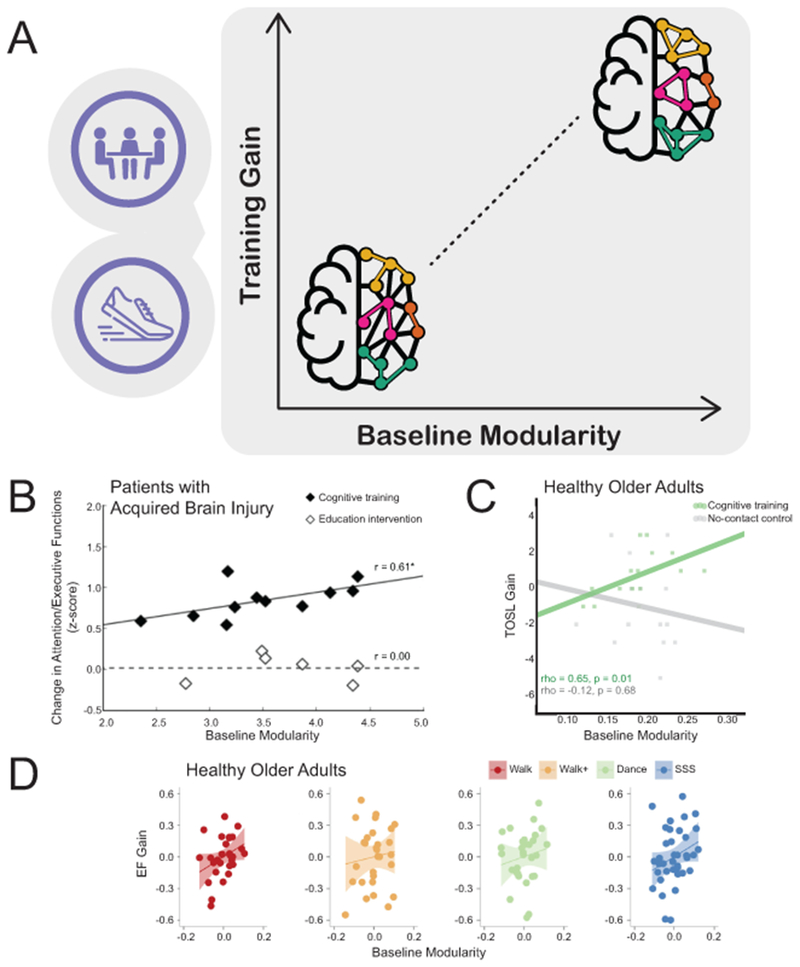Figure 1 (Key Figure). Brain network modularity predicts training-related cognitive gains.

(A) Brain modularity calculated at baseline is predictive of intervention-related cognitive gains across several interventions and populations. Specifically, individuals with higher brain network modularity have larger cognitive gains than those with lower brain network modularity. Toy brain networks are comprised of nodes (circles) and edges that connect them (lines). Nodes are colored according to their module membership; within-module connections are colored to match that of nodes in their own module, while between-module connections are colored black. The network with higher modularity (right side of graph) has many within-module connections and fewer between-module connections, while the network with lower modularity (left side of graph) has fewer within-module connections and many between-module connections. (B) Baseline brain modularity predicted cognitive control gains (on a composite of tasks) in TBI patients who participated in group-based attention training, but not those who participated in a control education intervention (adapted with permission from Wolters Kluwer Health, Inc.: [23]). (C) Baseline brain modularity predicted cognitive control gains (on the Test of Strategic Learning [31]) in healthy older adults who participated in group-based reasoning training, but not those who were in a no-contact control group (adapted from [24]). (D) Baseline brain modularity predicted cognitive control gains (on a composite of tasks) in healthy older adults who participated in exercise training, but not those who participated in a control dance intervention (after controlling for age, in-scanner motion, and baseline cognitive control functioning; adapted from [25]). It is important to note that the range of measured brain modularity values varied across studies due to differences in graph theoretical methodological decisions, such as the number of network nodes and edges and choice of atlas. Nevertheless, the relationship between baseline modularity and intervention-related gains was robust to varying analytic methods.
